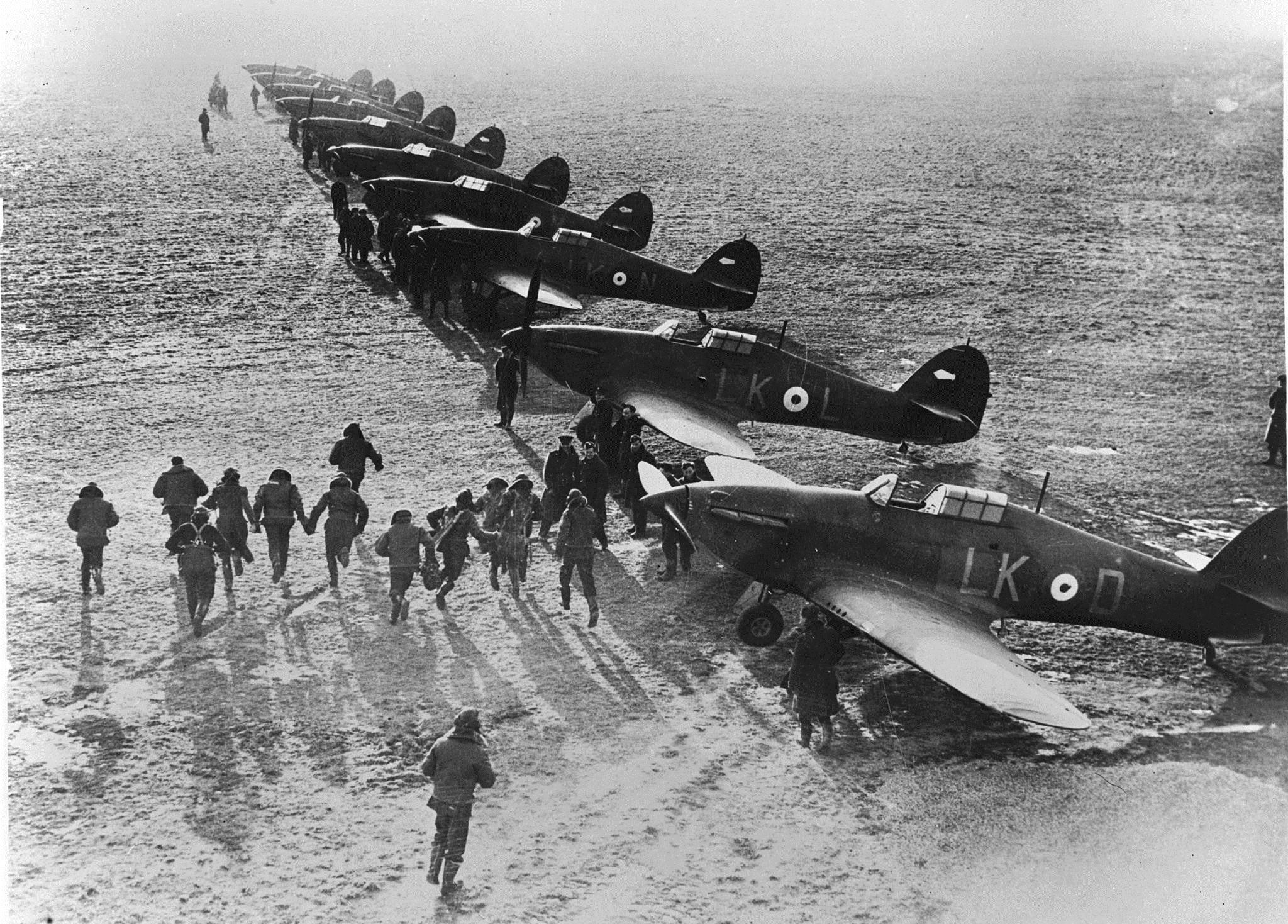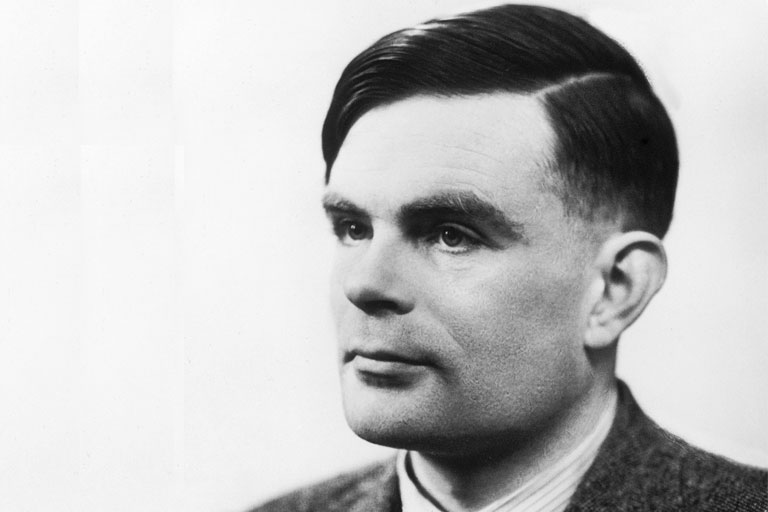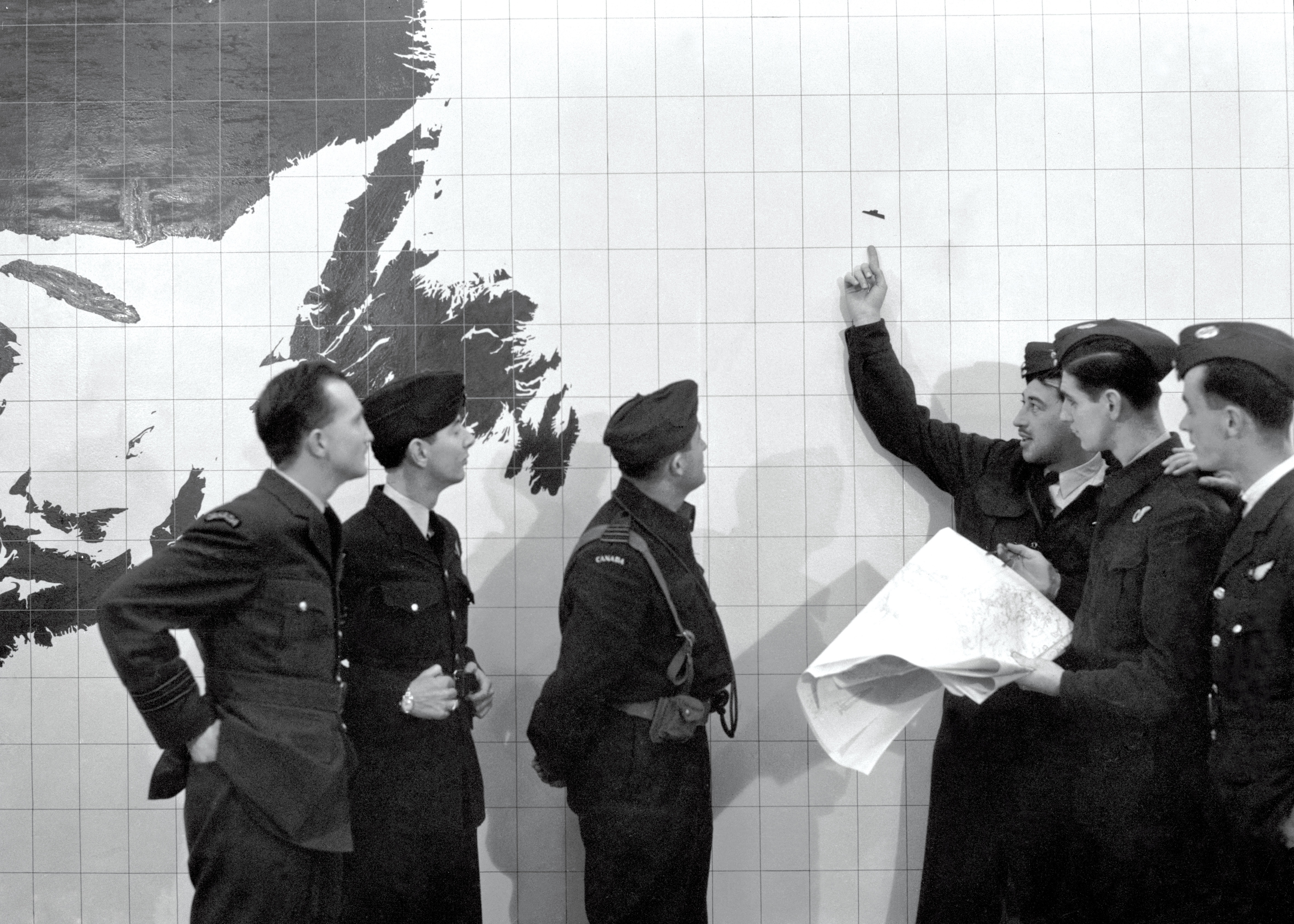
Recently, six mathematicians created a new methodology and essentially proved them right, sparking a social media outcry among Second World War buffs, warbird fanatics and proud Britons who would prefer to let their “finest hour” speak for itself.
“Bugger off,” wrote Peter Hollis, whose Facebook cover photo is a flapping Union Jack, “we won.”
“Divine providence and the human spirit cannot be calculated,” Mike Lee declared in dismissing the study on Facebook’s Supermarine Spitfire Historical Society page.
The paper, which quantified the probabilities that Nazi Germany could have won the 114-day battle had they started three weeks earlier and focused their bombing campaign on airfields instead of shifting to cities, also inspired discussion and debate over the various scenarios that might have transpired.
“Amazingly, the thing that is so often overlooked: the Wehrmacht had no serious amphib capability. Not even any bow-ramp landing craft,” American historian Barrett Tillman, author of several books on aviation and naval history, wrote on Facebook’s Allied Warbirds and Pilots of WW II page.
“Therefore, more than 500 tugs were needed to tow enough barges across the Channel (‘D-Day in reverse’) and equally important, to drag them off the beach for the return trip to load the second/third waves. For all the gallantry of The Few, Britain was never in serious danger of invasion, but that image played well in the United States and in the mists of time.”
Added aviation buff Martin Wood: “This nonsense insists that if Germany had continued to attack airfields, the RAF would have basically run out of pilots and aircraft. It conveniently ignores the fact that Germany was losing aircrew and aircraft faster than Britain was. It also ignores the fact that the RAF had greater numbers of both at the end of the battle than it did at the start.”

Many questioned why the mathematicians from the University of York in England worked out “what everyone else has known since 1940,” as commenter Keith Noon put it.
But Niall MacKay, a mathematical physicist and co-author of the paper, said the fact the study reinforced the historians’ theories was actually the best news the researchers could have hoped for.
The Battle of Britain, he explained, was merely a guinea pig on which the researchers could test their methodology, called “weighted bootstrapping.” The fact the results agreed with the historians was good news for the researchers.
“Originally when we wrote it, it was intended more as a methodological article tested out—validated—on the Battle of Britain,” said MacKay. “The fact that the results that we got are more or less in the mainstream of historical opinion makes it a bit of a less-interesting story in some ways but absolutely fine by us.
“If our methods had thrown out something very strange, then either it would have been wrong, or we would have had more work to do.”
The researchers likened weighted bootstrapping to taking balls, each representing an actual day in the Battle of Britain, and placing them in a lotto machine. Balls are randomly drawn, read and replaced to create thousands of alternative sets of days’ fighting, re-ordered. Some days might appear more than once or not at all.
Consulting historians along the way, they repeated the process numerous times, with some days more or less likely to be chosen.
The study suggests that if the probability of a British victory was 50 per cent, the two changes in German tactics—an earlier start and a focus on airfields—could have reduced it to less than 10 per cent. If the probability of British victory was 98 per cent, the tactical changes could have reduced it to 34.

In an interview with Legion Magazine, MacKay said the Battle of Britain was an ideal subject on which to test the method because it was homogeneous—the weapons changed little, the battlefield was the same, and the notorious English weather was relatively good most of the time.
“To do this,” said MacKay, “you need one data point to be much like another. If things get much more complicated, then you should use slightly more sophisticated statistical techniques.”
The six-year Battle of the Atlantic, on the other hand, was rife with variables, starting with the weather but also by dramatic changes in technologies on both sides, from sound-reflection locating methods to U-boats, escort vessels and long-range aircraft. The technology race culminated in the unpublicized seizure of a German Enigma cipher machine from a captured U-boat and the subsequent decoding triumph by another mathematician, Alan Turing, and the team at Bletchley Park.

“Things were changing all the time,” said MacKay, who considered “bootstrapping” the subject, given that it was such a close battle in the first year, when Germany nearly won the war early by all but cutting off British and Soviet supply routes in the North Atlantic. “It’s much more complicated.
“One would need a much more sophisticated model which, at its simplest, might be a bit like what you would do in medical statistics.”
Under this method, each convoy would be treated like a patient and there would be various “treatments” researchers could use to combat the “infectious” U-boats.
“It’s hard to think of situations which are as homogeneous as the Battle of Britain.”

That’s unlikely to excite the pundits who, as the social media response suggests, tend to dismiss the what-ifs as gobbledegook—a “waste of oxygen,” Facebooker Gary Johnston called it.
“Counter-factual history has a very bad name among historians,” acknowledged MacKay. “It’s great fun, but it’s dangerous because the danger is you pile supposition on supposition and it becomes almost like fantasy—’what would have happened if this and this and this…’
“The nice thing from our point of view, doing very restrained counter-factuals, is that, using the bootstrap, you get as much as you can from what actually happened.”

The numbers can give historians a quantitative basis—a reference—on which to proceed with more conventional historical research.
At the very least, it gets people engaged and talking about history and, perhaps, its lessons—in this case, involving what was probably the most pivotal battle of the Second World War.
“One of the most important battles of all history,” Ron Hayes of Charlotte, N.C. wrote on Facebook. “If England had lost, we would not have had that ‘staging area’ for the cross-Channel invasion in ’44.”
Advertisement










